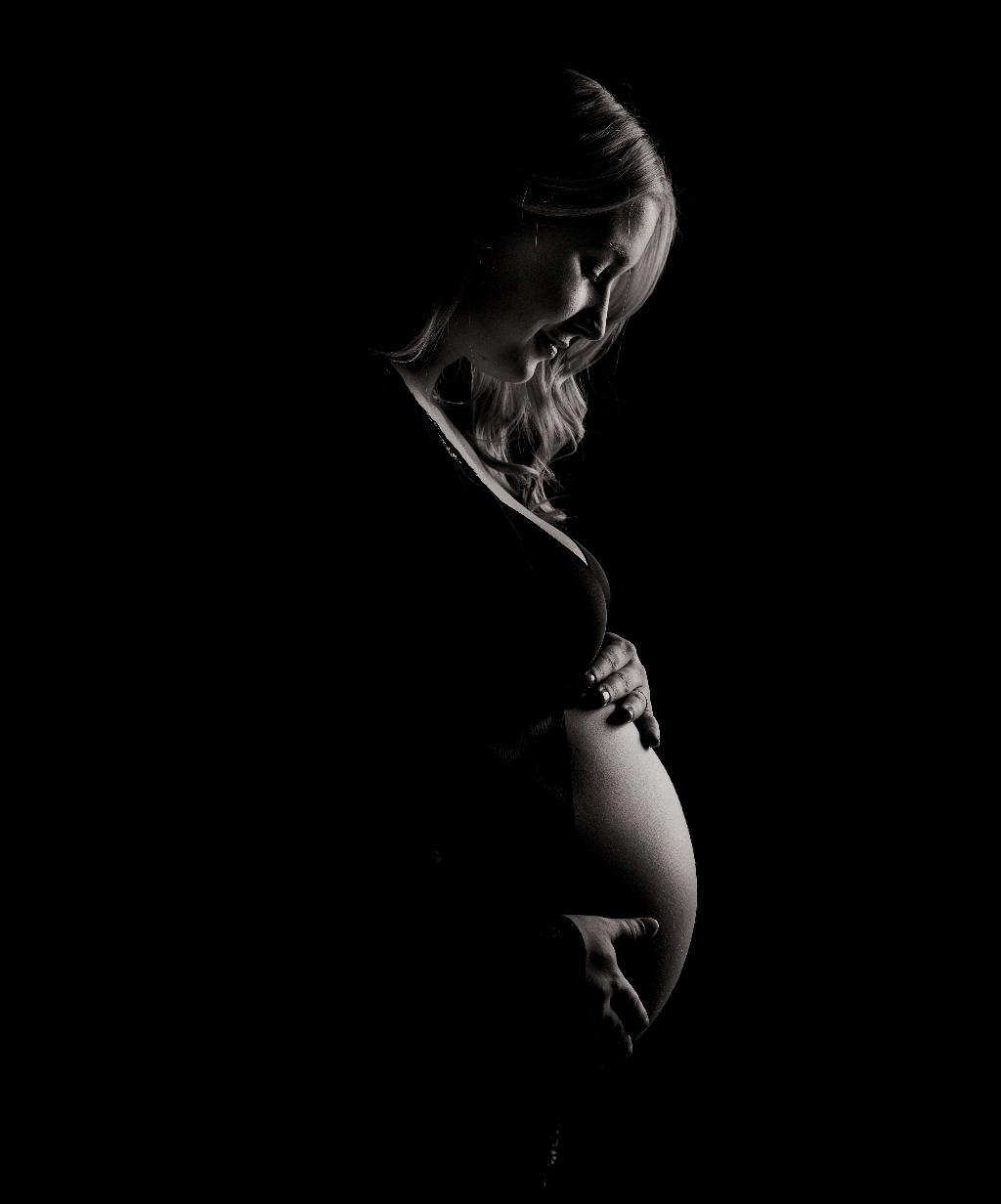One of the most significant aspects to consider when contemplating the appearance of a healed C-section scar is how your body generally heals from wounds. Your body’s natural healing process can provide insight into how your C-section scar may evolve over time.
For many women, a C-section scar tends to undergo a transformation, thinning out gradually and becoming less prominent in color as it matures. Over time, the scar may fade and become less noticeable, blending in with the surrounding skin.
However, it’s important to note that not all C-section scars follow the same trajectory. Some scars may exhibit unique characteristics, such as protrusion and a persistent reddish or purple hue. These types of scars are often classified as keloid scars, which can be more stubborn in their appearance.
Keloid scars have a tendency to extend beyond the original incision site and may feel raised or lumpy to the touch. This elevated appearance sets them apart from more typical C-section scars that heal flat against the skin.
While many women may experience a reduction in scar prominence over time, others may find that their C-section scar remains visibly distinct even after an extended period of healing. Factors such as genetics, skin type, and individual healing processes can influence how a C-section scar ultimately looks.
It’s essential to recognize that the appearance of a healed C-section scar can vary widely from person to person. Some individuals may achieve a nearly imperceptible scar that blends seamlessly with their skin, while others may contend with a more noticeable and pronounced scar that retains its visibility.
In addition to the physical characteristics of a healed C-section scar, it’s crucial to consider the emotional impact that scarring can have on individuals. Scars, particularly those resulting from major surgical procedures like a C-section, can carry significant emotional weight and affect self-image and confidence.
While the physical appearance of a C-section scar is a visible reminder of the surgical intervention, it’s essential to remember that scars tell a story of healing and resilience. Each scar reflects a unique journey and serves as a testament to the strength and courage required to navigate the challenges of childbirth and recovery.
Embracing and accepting the presence of a C-section scar as part of your body’s narrative can be a powerful step towards self-compassion and self-love. Rather than viewing the scar as a flaw or imperfection, it can be reframed as a symbol of the transformative experience of bringing new life into the world.
While the aesthetic appearance of a healed C-section scar is significant, it’s equally vital to prioritize the overall well-being and health of the individual. Proper wound care, including keeping the scar clean and moisturized, can contribute to optimal healing and help minimize issues such as excessive scarring.
Seeking support and guidance from healthcare professionals or dermatologists can be beneficial for individuals who have concerns about their C-section scar’s appearance or any associated discomfort. These experts can provide personalized recommendations and treatment options tailored to your unique situation.
Ultimately, the appearance of a healed C-section scar is multifaceted, reflecting both the physical healing process and the emotional journey of childbirth. By embracing the journey of scar healing with compassion and self-care, individuals can cultivate a positive relationship with their bodies and honor the resilience inherent in the scars that tell their stories.

